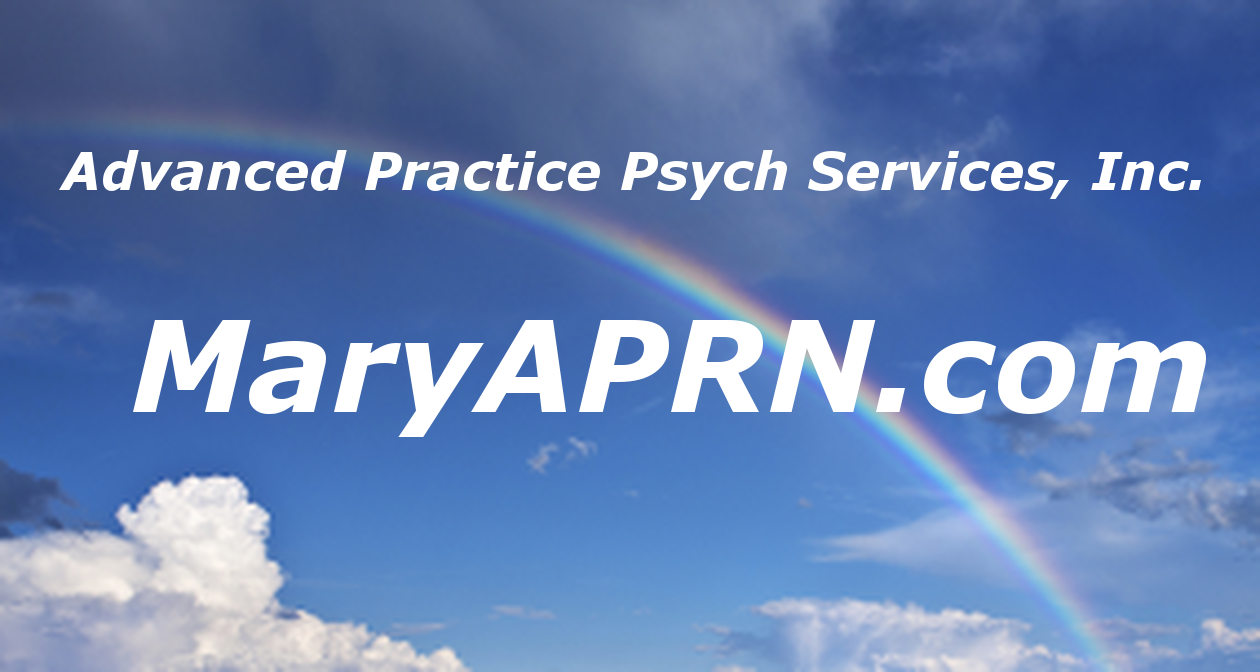Improve Mental Health treatments with Biofeedback

 Does Biofeedback work? Getting / feeling better, getting help from professionals is a great way to deal with mental health issues, and many work well to improve the lives of those in need.
Does Biofeedback work? Getting / feeling better, getting help from professionals is a great way to deal with mental health issues, and many work well to improve the lives of those in need.
Some people have stated that they would like to improve outcomes with additional information to measure physical impact. There is a way, and that way is through the use of biofeedback.
Study data taken from 8 different sources on the topic (published in psychiatryadvisor.com) there are several different types of this technique. Please check with your prescriber about methods and which one can help.
By measuring brain wave activity or other physiological responses like skin temperature, muscle tension, or heart rate variability (HRV) while patients make a purposeful attempt to influence these variables, the outcomes can be substantial.
Research findings suggest that biofeedback may be effective in reducing symptoms related to numerous mental health issues, includingObsessive-compulsive disorder (OCD)Postpartum stressAttention-deficit/hyperactivity disorder (ADHD)DepressionPost-traumatic stress disorder (PTSD)And food cravings
Mental Health treatments | How does this work, will it work for me?
First, let’s dig into what is measured, and why.
HRV is a measure of the time intervals between heartbeats. High variability is generally desirable, while low variability is not because it means the heart is not adjusting in a dynamic way to varying demands, but instead is operating in a sort of autopilot mode. HRV is considered a window into one's autonomic nervous system (ANS) functioning.
Lower HRV reflects dominance of the sympathetic branch of the ANS, which governs the “fight or flight” reaction in response to a threat, while higher HRV is associated with dominance of the parasympathetic branch, which governs the “rest and digest” response that kicks in once the threat has passed.
In HRV biofeedback, patients learn how to influence their HRV by using slow, deep breathing to shift to parasympathetic dominance — essentially, they learn how to “switch on” the relaxation response.
“HRV biofeedback somehow ‘stimulates' the vagus nerve, which primarily sends signals from the body to the brain,” Adrian Meule, PhD, a psychologist and post-doctoral research fellow at LWL University Hospital of Ruhr University Bochum in Germany, told Psychiatry Advisor.
The vagus nerve has connections to the prefrontal cortex, which influences behavioral control, and to the limbic and paralimbic areas of the brain, which are related to emotional and reward processing.
“Thus, it may be that HRV biofeedback somehow affects these brain structures, for example, increasing inhibitory control capacity or reducing hyperactivation in brain areas that are related to experiences of craving,” Muele added. “These presumed effects would also explain the positive effects of HRV biofeedback in a range of other mental disorders associated with affective dysregulation, such as depression and anxiety.”
Meule and his former colleagues at the University of Würzburg co-authored the first study investigating the impact of biofeedback on eating behavior. Their findings show that, compared with controls, participants with strong cravings who received 12 sessions of HRV biofeedback experienced decreased cravings, as well as a reduction in concerns related to eating and weight. Their sense of lacking control during cravings was also decreased by about 15%.
In addition to the potential effect on relevant brain structures, it may be that the breathing techniques used in HRV biofeedback — or relaxation, in general — could be having an impact. Participants were instructed to breathe at a rate of six breaths per minute (one inhale and one exhale equal one breath), and to breathe deeply into their abdomen (rather than primarily into their chest, which equates to shallow breathing).
Shallow breathing can trigger the sympathetic nervous system, causing an increase in heart rate, blood pressure and stress hormones. A study conducted by researchers at Rutgers University and Yale University found a consistent association between shallow breathing and negative mood.7 In contrast, deep abdominal breathing activates the parasympathetic nervous system, and other researchers found that just one session of this kind of breathing activates the prefrontal cortex and increases the mood-regulating neurotransmitter serotonin.
These effects may also help buffer postpartum stress in new mothers, according to findings reported in the December issue of Applied Psychophysiology and Biofeedback.2 One group of 25 participants used a portable HRV biofeedback device at home for one month after giving birth, while 30 control subjects did not. At the end of the study period, the biofeedback group showed a significant reduction in scores on the Edinburgh Postnatal Depression Scale, which was due primarily to decreased anxiety and improved sleep.
“For women who have high levels of anxiety or difficulty sleeping after giving birth, HRV biofeedback appears to be recommendable,” study co-author Hideya Kodama, MD, PhD, a professor at Akita University School of Medicine in Japan, told Psychiatry Advisor. He and his colleagues are currently exploring biofeedback as an intervention prior to birth.
“This may be more important, because anxiety before birth is closely correlated with postpartum depression,” Kodama added.
 Biofeedback offers promise to those treatments for a range of mental health disorders, whether delivered in a professional setting or at home via portable devices. This is a tool that can empower patients to make a clear difference in their own progress.
Biofeedback offers promise to those treatments for a range of mental health disorders, whether delivered in a professional setting or at home via portable devices. This is a tool that can empower patients to make a clear difference in their own progress.
Think of this as checks and balances to your efforts, your body will thank you. Make sure to ask your practitioner if biofeedback is a good fit for you.

